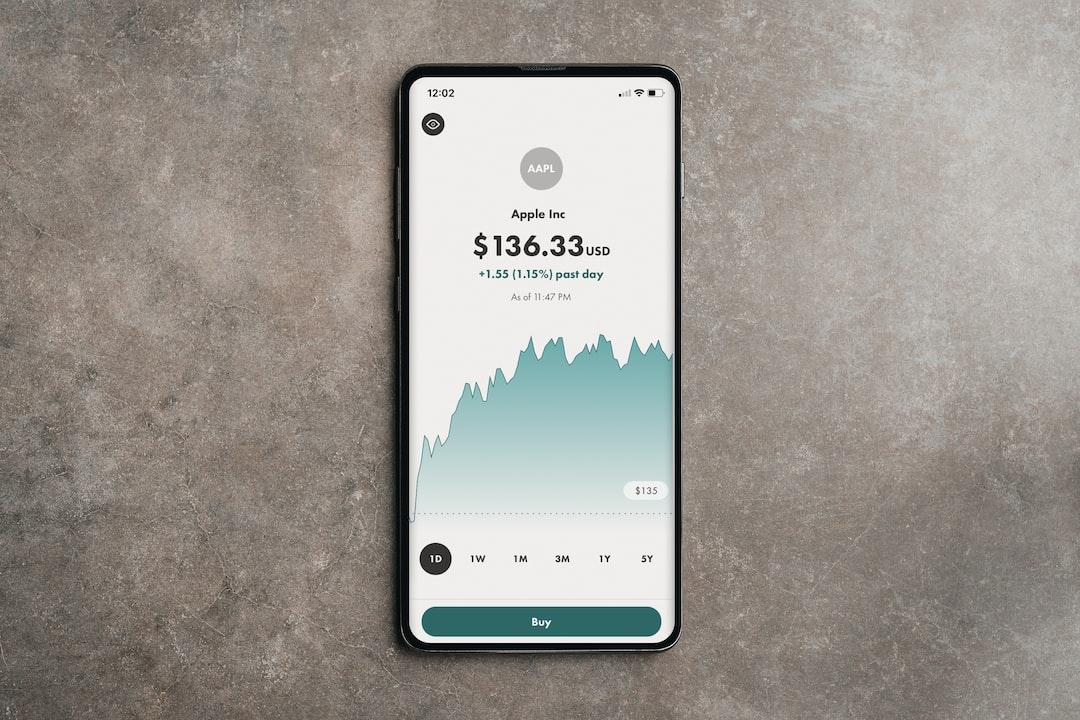Bitcoin (BTC) experienced a 2.5% increase on June 3, reaching $69,400. This rise in price raised hopes that Bitcoin could reclaim the $69,000 support level for the first time in 11 days. Coinciding with this positive movement, the Bitcoin futures premium reached its highest level in seven weeks. However, what does this mean for the sustainability of Bitcoin’s rally towards $70,000?
Some analysts believe that Bitcoin’s recent price jump was partially influenced by the impressive 36% rally of GameStop (GME) stock. This surge in GameStop stock reminded people of the anti-traditional finance sentiment seen earlier in 2021, when retail investors united to challenge the status quo. This sentiment seems to have spilled over into the memecoin sector, as Floki gained 16.5%, Dogwifhat (WIF) 9%, and Bonk rallied 7.5%.
Uncertainty has also been fueled by comments from Neel Kashkari, a Federal Reserve Bank (Fed) official from Minneapolis, who stated that he does not anticipate a rate cut in the near future due to Americans’ strong aversion to inflation. Although not a shared sentiment among all Fed officials, this stance is seen as negative for the housing and stock markets, leading some investors to turn to alternative investments like Bitcoin.
Furthermore, global geopolitical tensions have played a role in Bitcoin’s recent price action. Australia’s decision to require Chinese investors to reduce their stakes in a rare earths miner has increased uncertainty in global markets. This decision coincided with a 1% gain in gold and a sell-off in U.S. Treasuries, resulting in the 5-year yield dropping from 4.59% to 4.42% on May 31.
The Bitcoin futures premium, which reflects the difference between monthly contracts in derivatives markets and the spot level on regular exchanges, supports the potential for further price gains. Typically, a 5% to 10% annualized premium occurs to compensate for extended settlement. A higher premium indicates that traders are willing to pay more for future contracts, signaling a bullish sentiment.
The Bitcoin 3-month futures premium has risen to 15%, reaching its highest level in seven weeks. This indicates a cautiously optimistic sentiment among traders, crucial for avoiding cascading liquidations during unexpected negative price swings. However, to determine if this sentiment is solely present in futures markets, one must analyze the Bitcoin options 25% delta skew.
The delta skew measures the relative demand for bullish and bearish options. A negative skew suggests a higher demand for call options (buy), while a positive skew indicates a preference for put options (sell). Neutral markets typically maintain a -7% to +7% delta skew, indicating balanced pricing between call and put options.
It is worth noting that the 25% delta skew metric has remained stable near -3% over the past week, indicating that traders are not overly optimistic or pessimistic about Bitcoin’s short-term price movement. The last time Bitcoin options showed signs of optimism was on May 21, but this was short-lived as the $71,500 resistance proved difficult to overcome.
Overall, recent data points to a healthy Bitcoin market, driven by a combination of factors such as fear of recession, geopolitical uncertainty, and a resurgence of anti-traditional finance sentiment. Key metrics like the Bitcoin futures premium and the 25% delta skew suggest cautious optimism among traders, providing a solid foundation for further price gains above $70,000.
Please note that this article is for general information purposes only and should not be considered legal or investment advice. The views, thoughts, and opinions expressed here are solely those of the author and do not necessarily reflect or represent the views and opinions of Cointelegraph.

